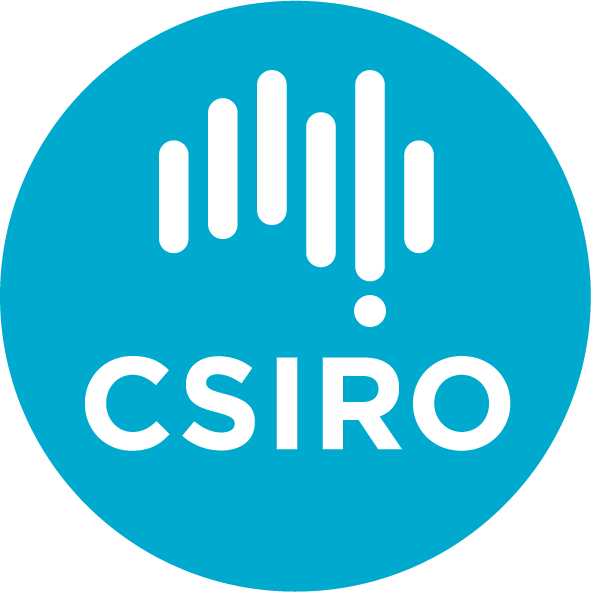About the FAIMS 3.0 Project
The Field Acquired Information Management Systems (FAIMS) Project was established by archaeologists in 2012 to create open-source software for offline data collection on an Android device. The FAIMS Mobile Platform, which was launched in 2014, has now used by researchers from many fields, across the globe.
The FAIMS Project moved to Macquarie University in 2015, supported by an Australian Research Council Linkage Infrastructure Equipment and Facilities (LIEF) grant, a NSW Research Attraction and Acceleration Program (RAAP) grant and funding from individual research teams.
In 2020, the FAIMS team commenced a major rebuild of FAIMS v2.6, in partnership with the Australian Research Data Commons (ARDC). The FAIMS 3.0 Project, made the most of current software stacks and research infrastructure to retain the key features of the original data collection tool, with some significant upgrades. The new tool is cross-platform (Android, iOS and Desktop) and offers self-service options for users to customise their notebooks through a graphic user interface (see Our Design Approach and the current Feature set for more information).
FAIMS3 was released in December 2022.
In June 2023, the software was rebranded Fieldmark™ and will be available as an open-source DIY edition, and in hosting packages for individuals, teams and enterprise customers.
Timeline
- 2012
- The FAIMS Project launched in June 2012, at the University of New South Wales, funded by the National eResearch Collaboration Tools and Resources (NeCTAR) program. FAIMS developed a mobile, offline, multi-user collection platform for structured, free-text, geospatial, and multimedia data. The project also supported enhancements to the Heurist online data refinement and analysis service developed at the University of Sydney, and established an Australian implementation of the Digital Archaeological Record, an online data archive developed by Digital Antiquity (USA).
- 2014
- FAIMS 1.0 released
Awarded Australian Research Council Linkage Infrastructure Equipment and Facilities grant
Commenced LIEF grant (2014 to 2016) - 2015
- FAIMS moved to Macquarie University
FAIMS 2.0 released - 2016
- FAIMS begins operating as open-source software consultancy
Awarded NSW RAAP grant from NSW government (2016 to 2018)
FAIMS undertakes market analysis via CSIRO ON Prime - 2017
- FAIMS 2.5 released
- 2018
- FAIMS wins US Bureau of Reclamation / US Geological Survey innocentive.com prize for ‘FAIMS 3.0’ proposed design
- 2019
- Successful ARDC Platforms investment
- 2020
- Commenced 'FAIMS 3.0 Electronic Field Notebooks' Project
- 2021
- Alpha v0.1.0 was released (internally) in June
- Beta v0.3.0 was released (internally) in December
- 2022
- FAIMS 2.6 was officially retired
- FAIMS3 v0.7 was released in December 2022
- 2023
- FAIMS3 rebranded Fieldmark™
Team
The FAIMS 3.0 team works across Macquarie University, CSIRO and Aarhus.
Partners
The FAIMS 3.0 project is proudly supported by 33 individual researchers from 20 local and international organisations. For more information see Partners.
Sustainability
FAIMS has a 11-year record of successful software development, deployment, client support and community-building. The focus of FAIMS3 will be sustainability based on our CSIRO ON Prime experience, including 70+ interviews that have defined technological priorities in the proposed re-engineering. The new system will be self-service, with an open-source core supporting research transparency but value-adding services that can generate revenue to share the cost of long-term maintenance of the software.
License
FAIMS is an open-source project and all code is available through our GitHub Organisation page. The code for FAIMS 2 is under a GPLv3 license, and the code of FAIMS 3 is under an Apache 2 license with a DCO. All documentation is under a Creative Commons Attribution 4.0 International license.1
Users may create and share screenshots and videos of FAIMS freely. Acknowledgement is welcome with a citation or standalone statement:
‘This module was created in the FAIMS Mobile Platform v[version], https://doi.org/10.1016/j.softx.2017.12.006.’
Privacy Policy
The FAIMS3 Project is governed by the Electronic Field Notes Pty Ltd Privacy Policy.
-
We have used Voyant Tools’s about page as a guide for this section. Sinclair, Stéfan and Geoffrey Rockwell, 2016. Voyant Tools. Web. http://voyant-tools.org/. ↩


